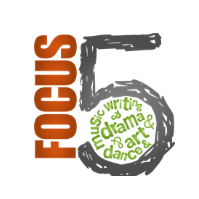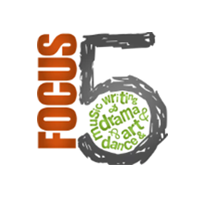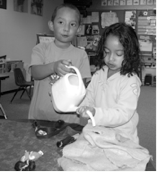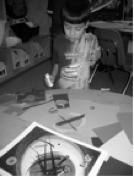Essential Resources
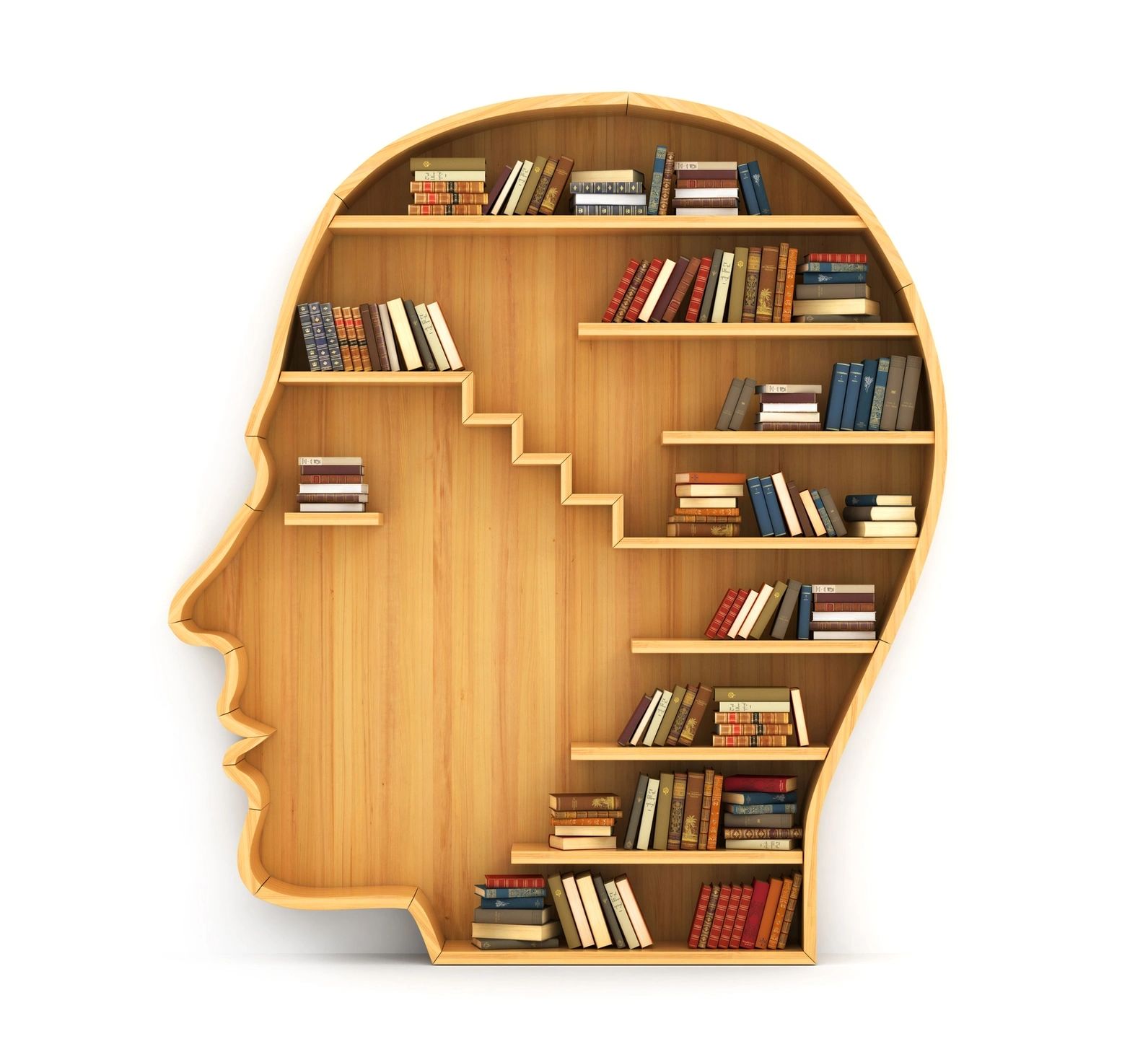
Acting Right Workshop Attendees
If you have attended the Acting Right workshop and need to download the music for the Actor’s Toolbox, click HERE.
Videos
Acting Right
Tableau in the Classroom
Watch a 4th grade class at Bailey's Elementary School for the Arts and Sciences integrate tableau, social studies, and writing.
The Art Form of Tableau
An Overview of Focus 5 Acting Right and Visual Literacy Strategies
An Overview of Acting Right
Podcasts
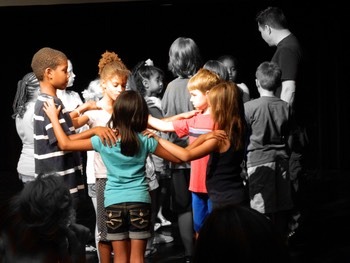
Listen to a podcast setting up the procedure of the Actor's Toolbox. This podcast is not intended to be played for students. This procedure should be delivered by the teacher.
Digital Narrative Examples
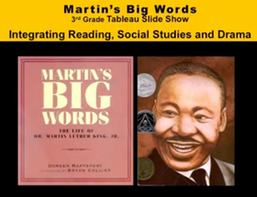
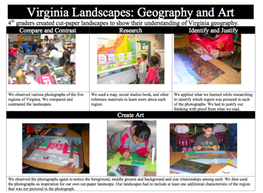
Here are examples of digital narratives/stories created to capture and share the process (how) and the product (what ) of the thinking and learning that occurred during an arts-integrated lesson or unit.
Visual Art & Geometry
By analyzing the work of Russian artist Wassily Kandinsky, students developed math skills of identifying, classifying, and describing the shape, size, color, and location of geometric figures. They also developed visual art skills of identifying line, color, and shape and spatial relationships. All the knowledge and skills gained through the analysis of Kandinsky’s art were then applied as students created class mural and individual collages.
Tableau, Reading, & Social Studies
After Martin’s Big Words by Doreen Rappaport was read aloud to 3rd grade students, they summarized the major events of the text to express their understanding of how Martin Luther King, Jr. worked to defend equal rights for all people. They created a tableau (frozen picture) for each major event, and then connected the events together to create a “Tableau Slide Show.” This lesson was one hour (including the reading of the book).
Dance & Science
Third grade students explored concepts and vocabulary shared by dance and science—energy, patterns, and cycles—to learn about dance and the relationship between the sun and Earth. They applied their understandings by creating a dance and reflecting on their experience. This lesson was completed in three sessions (45-60 minutes each) including the creation of the dance, rehearsal, and performance.
Puppetry & History
Puppetry: A Key to Making Inferences from Literature and History
Fourth grade students created puppets, wrote and performed inner monologues to construct and demonstrate their understanding of inference and historical figures. This process was completed in five lessons (60 minutes each).
Tableau & History
Fourth grade students read and discuss information about abolitionists and process and demonstrate their understanding by creating a tableau. They analyze slavery themes in visual art, express their reactions by writing poetic scripts, and finally synthesize their understandings into a short theatrical performance. They end with a reflection about their experience. This lesson was 3 sessions (45-60 minutes each).
Visual Art & History
Fifth grade students created portraits through a print-making process to demonstrate their understanding of Nat Turner, Harriet Tubman, and/or John Brown. This lesson (including research) was 5 sessions (60 minutes each).
Visual Art & Geometry
By analyzing the work of Russian artist Wassily Kandinsky, students developed math skills of identifying, classifying, and describing the shape, size, color, and location of geometric figures. They also developed visual art skills of identifying line, color, and shape and spatial relationships. All the knowledge and skills gained through the analysis of Kandinsky’s art were then applied as students created class mural and individual collages.
Tableau, Reading, & Social Studies
After Martin’s Big Words by Doreen Rappaport was read aloud to 3rd grade students, they summarized the major events of the text to express their understanding of how Martin Luther King, Jr. worked to defend equal rights for all people. They created a tableau (frozen picture) for each major event, and then connected the events together to create a “Tableau Slide Show.” This lesson was one hour (including the reading of the book).
Dance & Science
Third grade students explored concepts and vocabulary shared by dance and science—energy, patterns, and cycles—to learn about dance and the relationship between the sun and Earth. They applied their understandings by creating a dance and reflecting on their experience. This lesson was completed in three sessions (45-60 minutes each) including the creation of the dance, rehearsal, and performance.
Puppetry & History
Puppetry: A Key to Making Inferences from Literature and History
Fourth grade students created puppets, wrote and performed inner monologues to construct and demonstrate their understanding of inference and historical figures. This process was completed in five lessons (60 minutes each).
Tableau & History
Fourth grade students read and discuss information about abolitionists and process and demonstrate their understanding by creating a tableau. They analyze slavery themes in visual art, express their reactions by writing poetic scripts, and finally synthesize their understandings into a short theatrical performance. They end with a reflection about their experience. This lesson was 3 sessions (45-60 minutes each).
Visual Art & History
Fifth grade students created portraits through a print-making process to demonstrate their understanding of Nat Turner, Harriet Tubman, and/or John Brown. This lesson (including research) was 5 sessions (60 minutes each).
